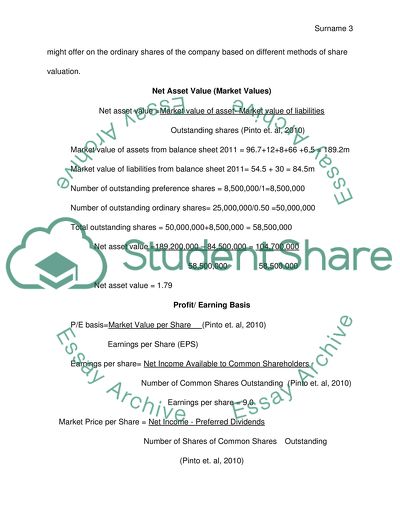Cite this document
(“Moorer Browne Limited Merger Valuation: Report on Potential Investment Essay”, n.d.)
Retrieved from https://studentshare.org/finance-accounting/1398682-corporate-finance
Retrieved from https://studentshare.org/finance-accounting/1398682-corporate-finance
(Moorer Browne Limited Merger Valuation: Report on Potential Investment Essay)
https://studentshare.org/finance-accounting/1398682-corporate-finance.
https://studentshare.org/finance-accounting/1398682-corporate-finance.
“Moorer Browne Limited Merger Valuation: Report on Potential Investment Essay”, n.d. https://studentshare.org/finance-accounting/1398682-corporate-finance.


